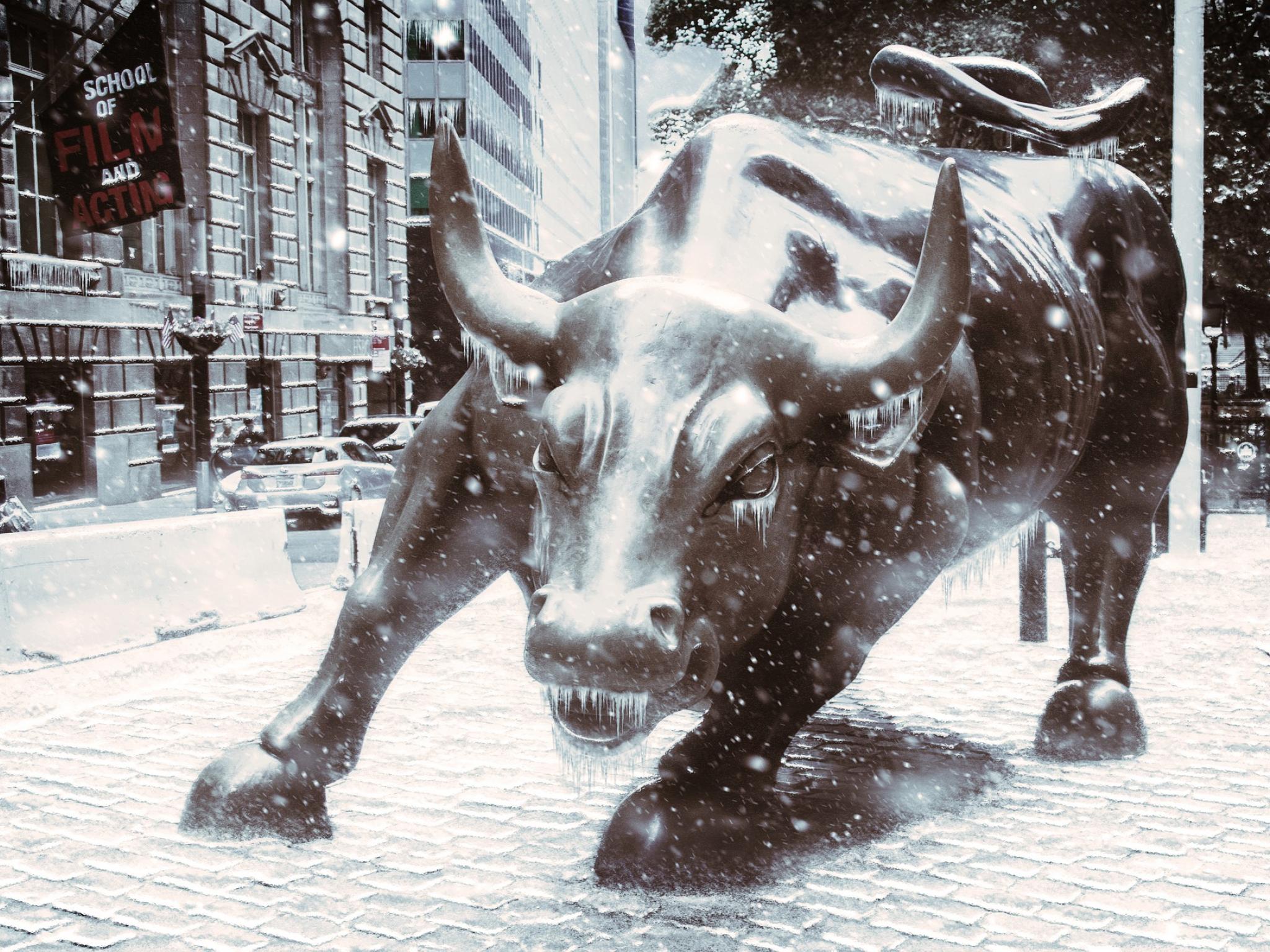
Each day, Benzinga takes a look back at a notable market-related moment that occurred on this date.
What Happened? On this day in 1966, the Vietnam-era U.S. bull market came to an end.
Where Was The Market? The S&P 500 was at 94.06 and the Dow Jones Industrial Average stood at 995.15.
What Else Was Going On In The World? In 1966, the Supreme Court ruled that accused criminals must be read their Miranda Rights in order to be convicted, and the U.S. Department of Transportation was created. A new car cost an average of $2,650.
Death Of The 1960s Bull: The U.S. economy was booming in the 1960s. An increasing number of Americans bought stocks throughout the decade, sending the Dow near 1,000 for the first time in January 1966. In fact, the huge market boom of the 1960s was not unlike the boom of the 1920s. Between February 1956 and February 1966, the Dow more than doubled, gaining 111%.
Interest rates played a key role in the longevity of the rise.
“That bull run into the mid-1960s was actually an S&P secular bull trend that was associated with a low and rising interest rate environment," Bank of America analyst Stephen Suttmeier recently said.
Once the bull disappeared in 1966, however, it didn’t make its return for quite a long time. The Dow didn’t break 1,000 again until November 1980, more than 14 years later. It took more than 20 years for the Dow to double once more and close above the 2,000 level for the first time in January 1987.







